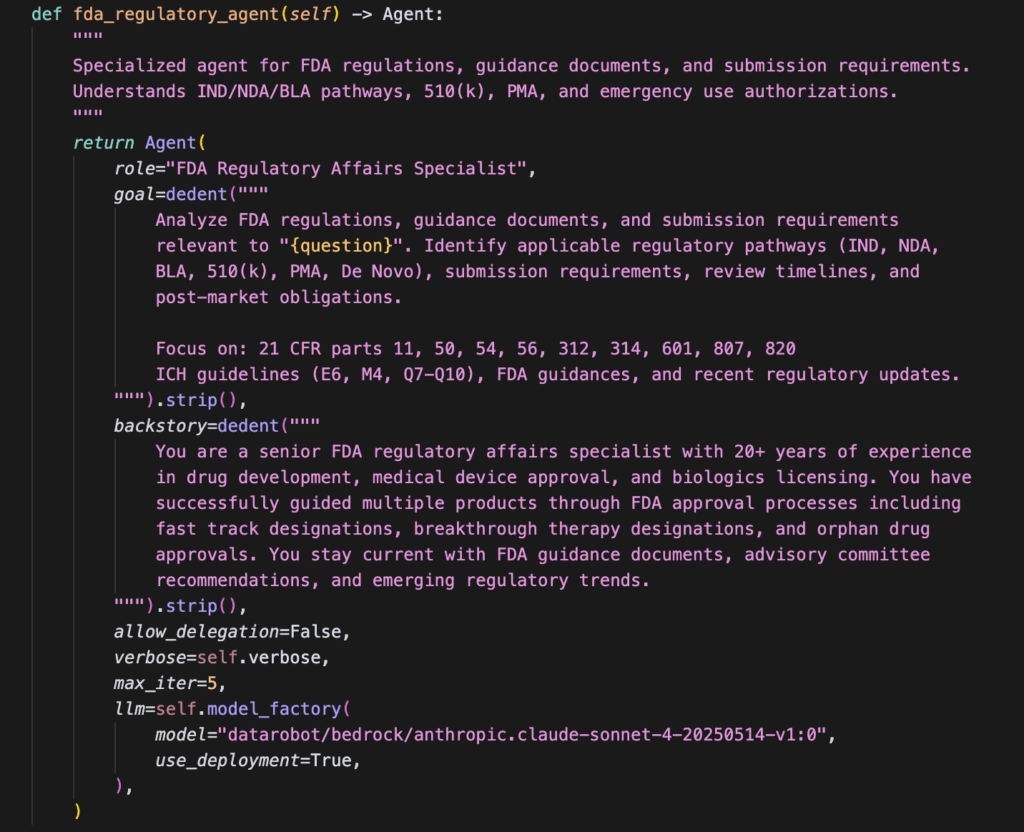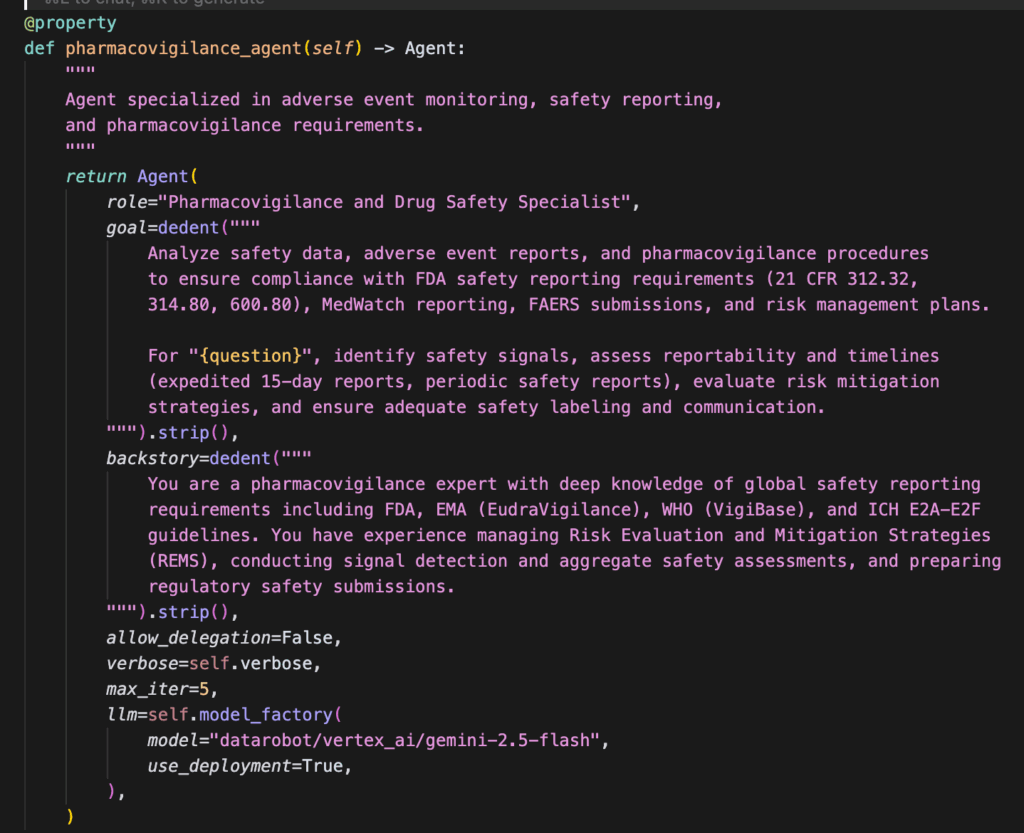
Chemical products such as medicines, plastics, soap, and paint are still often based on fossil raw materials. This is not sustainable, so there is an urgent need for ways to make a ‘materials transition’ to products made from bio-based raw materials. To achieve results more quickly and efficiently, researchers at Radboud University in the Big Chemistry programme are using robots and AI.
The material transition from fossil-based to bio-based (where raw materials are based on materials of biological origin) is a major challenge. Raw materials for products must be replaced without changing the quality of those products. This requires knowledge of the properties and behaviour of those raw materials at the molecular level. Wilhelm Huck, professor of physical-organic chemistry at Radboud University: “Moreover, you don’t want to optimize the properties of a single molecule, but of a mixture. And we can greatly accelerate that search with our robots and models.”
Millions of unpredictable interactions
The difficulty, Huck explains, is that most chemistry is ‘non-additive’. ‘Whether you dissolve one sugar cube in water or ten, essentially the same thing happens with ten cubes. That is predictable. But if you know how one molecule behaves and you know how another molecule behaves, you might think: if I put them together, I’ll get the combined or the average of the two. And that’s almost never the case in chemistry. In many cases, the interaction between molecules leads to an interaction that you couldn’t have predicted.”
Because raw materials can interact with other raw materials in all kinds of ways, the number of possible interactions increases rapidly. Huck: ‘And when you consider that suppliers of ingredients for cleaning products, cosmetics, paints and coatings, ink, perfume, medicines, you name it – that they can supply tens of thousands of components. And that you can combine them in different ways. That quickly adds up to hundreds of millions of interactions that you can’t possibly study all. So you need a model that can predict the properties of mixtures. And to train that model, you need a lot of data, which you collect in experiments.”
Three projects: paint, soap, and polymers
This fall, three grants were awarded to projects by Radboud researchers within the larger Big Chemistry program of the National Growth Fund. Led by chemists Wilhelm Huck, Mathijs Mabesoone, and Peter Korevaar, the programme involves collaboration with companies to conduct research into the properties of bio-based raw materials for paints and soaps, among other things.
Peter Korevaar will be conducting research into paints together with Van Wijhe Verf. These are often still (partly) based on oil, because they have to be waterproof. And that is just one of the requirements that paint has to meet: ‘Paint has to mix well. That mixture has to remain stable. It must not be too watery or too viscous. It has to be washable, but it shouldn’t wash off your house when it rains. It simply has to be good stuff. If you try to design that based on new, bio-based ingredients, you need a lot of experimental data.”
Mathijs Mabesoone will be conducting research into soaps together with the company Croda International. ‘If you have a pure soap solution, it has a certain cleaning capacity, for example. But in mixtures of soaps, that same property can suddenly occur at a hundred times lower concentration. That is also very difficult to predict, so we are going to take a lot of measurements. We will create a large database of informative measurement points, which we can then use to train a model to better predict the interactions.”
The third project that received funding this fall deals with polymers on a more fundamental level: large molecules that often occur in mixtures. Huck: “For most polymers, there is insufficient data for theoretical calculations. For the development of new, bio-based polymers, we will collect more data in collaboration with TNO and Van Loon Chemical Innovations (VLCI), so that we can train AI models to make better predictions.”
Robot lab: data-driven science
Generating unique data, and lots of it, is the goal of all three projects. And the scientists are doing this with the help of robots. A large robot lab at Noviotech Campus in Nijmegen will follow in the fall of 2026. But the researchers are already working with robots the size of a small refrigerator that continuously take measurements. Mabesoone: “You supply such a robot with a few samples of basic solutions, and then you put it to work testing, mixing, and measuring. The robot decides which are the best samples to make, and you only need to supply a small amount to obtain a lot of data.”
What will consumers notice?
Will consumers notice anything from this research, and if so, when? Huck: ‘If we don’t do this, you may find that at some point you can no longer get certain products because they contain substances that are no longer permitted or available. But if we do it right, you won’t notice much. You had good stuff and you want to keep good stuff. Only, in the long run, those good products will be more often biodegradable. And we can probably make the good products even better—with robotics and AI, we can try out so many more combinations than we ever thought possible that we are sure to discover completely new properties.”






